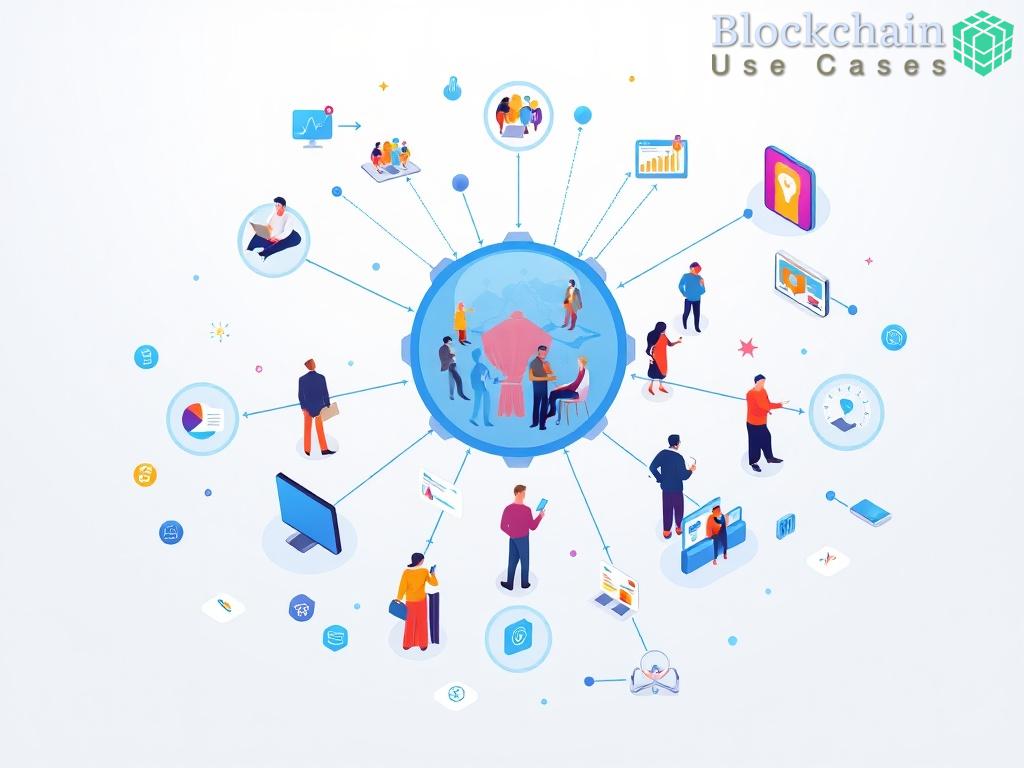The financial landscape is undergoing a remarkable transformation with the advent of cryptocurrency wallets. These digital solutions are not just a trend; they represent a shift towards a more decentralized and accessible financial system. As traditional banks begin to recognize the potential of cryptocurrencies, the integration of these wallets within established banking frameworks is becoming increasingly feasible. This article explores the implications of such integration, shedding light on its potential benefits and challenges.
The Advantages of Merging Traditional Banking with Cryptocurrency
The convergence of cryptocurrency wallets and traditional banking systems presents numerous advantages. This collaboration can enhance user experience, provide new revenue streams, and increase overall financial efficiency. Banks that adopt this technology can offer their clients more versatile services, contributing to a more robust financial ecosystem.
- Enhanced Customer Experience: By integrating cryptocurrency wallets, banks can offer seamless transactions and improved accessibility for their customers.
- Diverse Investment Options: Clients can diversify their portfolios by easily accessing cryptocurrencies through their traditional banking platforms.
- Increased Security: Leveraging blockchain technology, banks can enhance the security of transactions and customer data.
Navigating the Challenges of Integration
While the potential benefits are significant, the integration of cryptocurrency wallets into traditional banking systems is not without its challenges. Financial institutions must navigate regulatory hurdles, technological compatibility issues, and the inherent volatility of cryptocurrencies.
Regulatory compliance is a major concern, as banks must ensure that they adhere to existing laws while implementing new technologies. Additionally, banks may face technological challenges as they strive to integrate blockchain solutions with their legacy systems, which can be both costly and time-consuming.


















